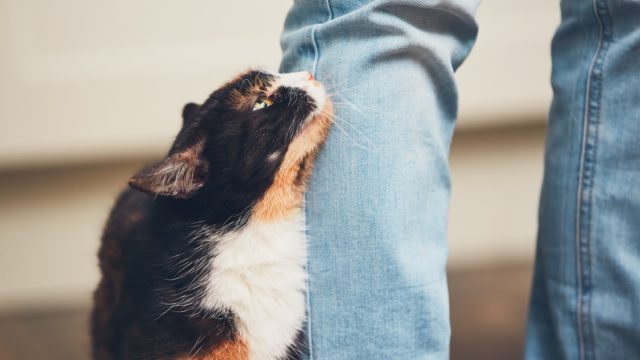Cats Love You When You Hate Them, New Study Reveals
You need to know the time and the place to get their attention.
Cats don’t get good press. Not that they care that much, but just recently have they been accused of being a menace, invasive aliens, freeloaders, and even planning to murder a tik-toker’s baby. If you love cats, you will naturally point out that most of them are good cats: they bravely fight rodents (I’m writing this from NYC, and trust me when I say we could use a Feline Army here), they are good for health–especially for mental health–and they can guide blind dogs, prevent the robbery and, if they feel like it, give a first-rate belly massage. To these cat lovers, scientists have some news — the cats may not like you back. Read on to learn what new science says about cats’ feelings, and why their “green” and “red” zones should matter to you.
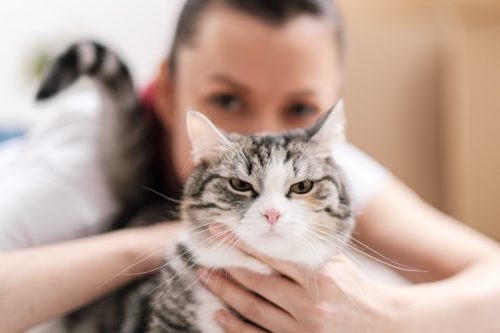
It’s official: Cats are complicated and don’t want to belong to any club that would accept them as a member. But it’s not them — it’s you. “Cats love people who hate them because the reluctance to stroke and fuss them gives the feline the control and independence it needs, a study has found,” reported The Telegraph. In contrast, “cat people” who claim to be knowledgeable and experienced are more likely to restrain the animal and touch areas they don’t like. New research from animal behavior scientists at Nottingham Trent University and the University of Nottingham has found the blame can fall on humans and not the animals.
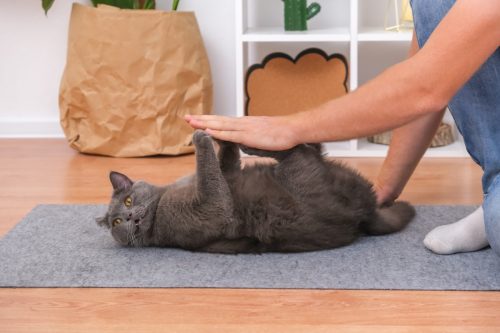
Unlike dogs, cats are not very good at showing emotions (or very good at hiding them, if you are Team Cats) and are more difficult to please. They also have difficulty giving you feedback on unwanted touch. “Cats have ‘red areas’ where they hate to be touched, which include the base of their tail and the stomach. Attempts to stroke these regions will instantly get their back up,” writes The Telegraph. “However, they have ‘green areas’ too, such as the ‘gland-rich’ regions at the base of the ears and under the chin.” The new study, published in the journal Scientific Reports, found that participants who call themselves “cat people” were more likely to touch the cat’s red areas, making the animal feel uncomfortable and increasing animosity.
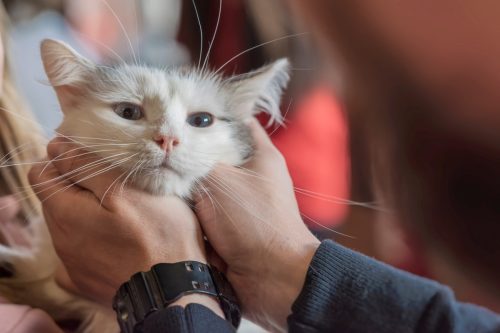
It’s not all bad news for cat lovers. If you happen to live with cats for a long time, you probably tend to hug them and stroke them. It may be a pleasant thing to do, but from a cat’s point of view, it’s a limitation of its freedom. “Participants who had lived with cats were prone to being overbearing while the most experienced owners also were more likely to stroke cats in ‘yellow areas,’ such as the tail, legs and along their backs, which are less preferred areas than the face, for example,” The Telegraph wrote.
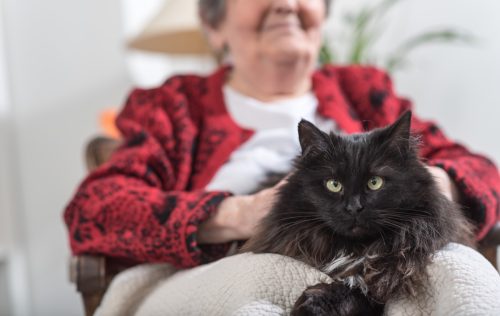
The scientists also found out that some cat lovers are worse than others when it comes to touching red areas. For example, older people tended to grab and restrain the cats more than younger participants. People who described themselves as extroverts more often tried to do another thing that cat don’t like: initiate contact. Felines prefer to be in control of when and how the interaction will begin. If you’re looking for affection from your cat and want to avoid getting scratched, let it choose when to be petted, another study suggests.

So what can one who loves cats do to be liked and respected by a feline and not be seen only as a can opener? Well, you can start by stroking the cat the way your pet will enjoy it. “Although people often think cats like being stroked at the base of their tail, research suggests that this can actually produce the most negative behavioral responses from cats,” Dr. Lauren Finka, cat behavioral expert from Nottingham Trent University, told Science Focus. Doctor Finka also recommends avoiding the belly, as cats tend to keep this area protected. The good news is that there are places where most cats enjoy being petted. It’s areas around the face, predominantly the cheeks, the base of the ears, and under the chin. “This is probably because these areas of the face contain a lot of skin glands that produce scent,” says Finka. “Cats are very motivated to use these areas to spread their scent, so these regions probably intrinsically feel quite nice to be stimulated.” Cats are indeed intrinsically complicated.
